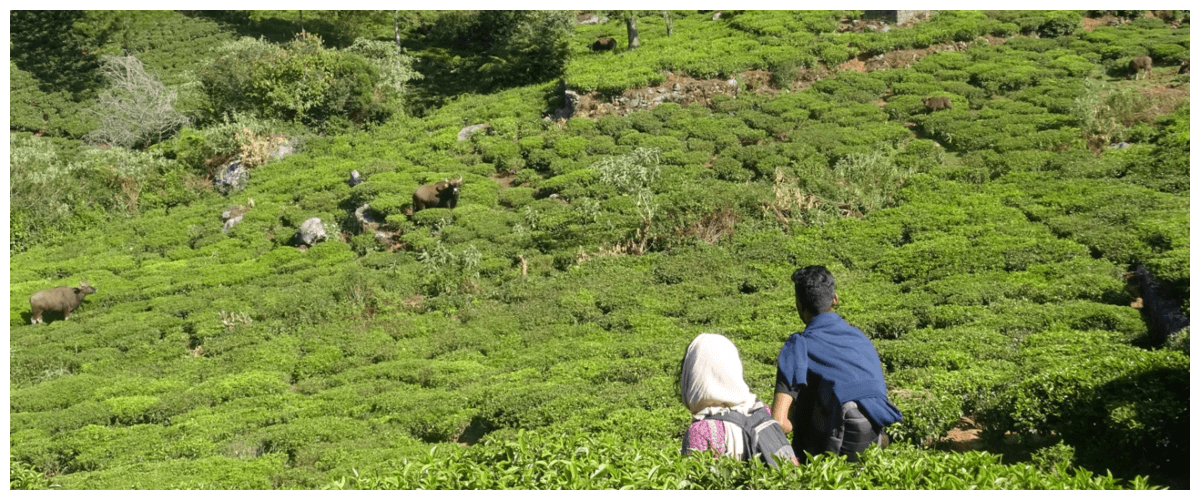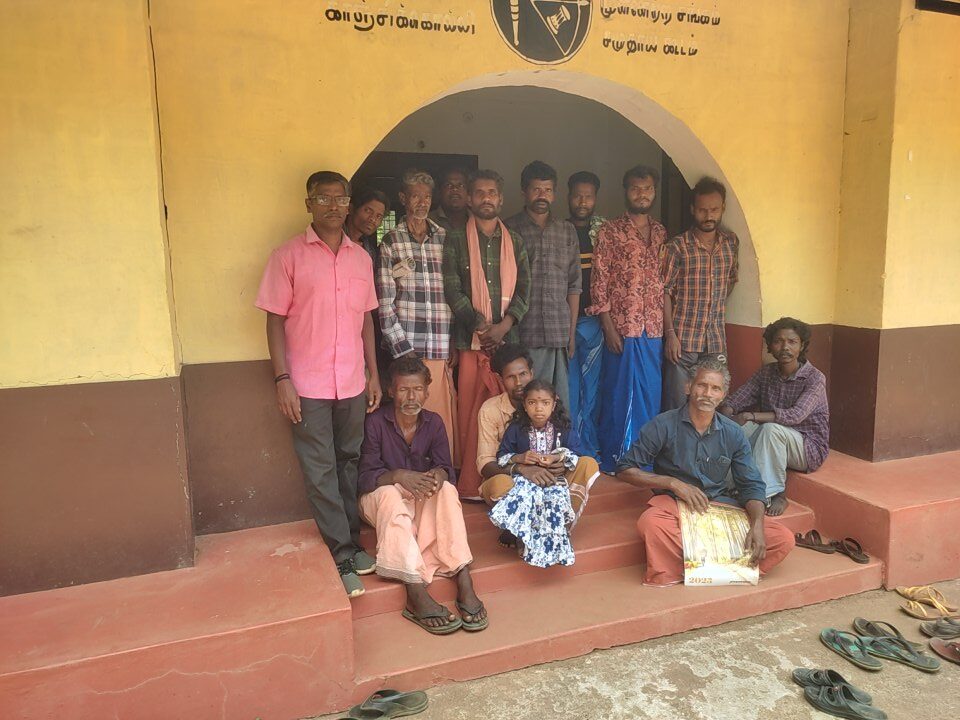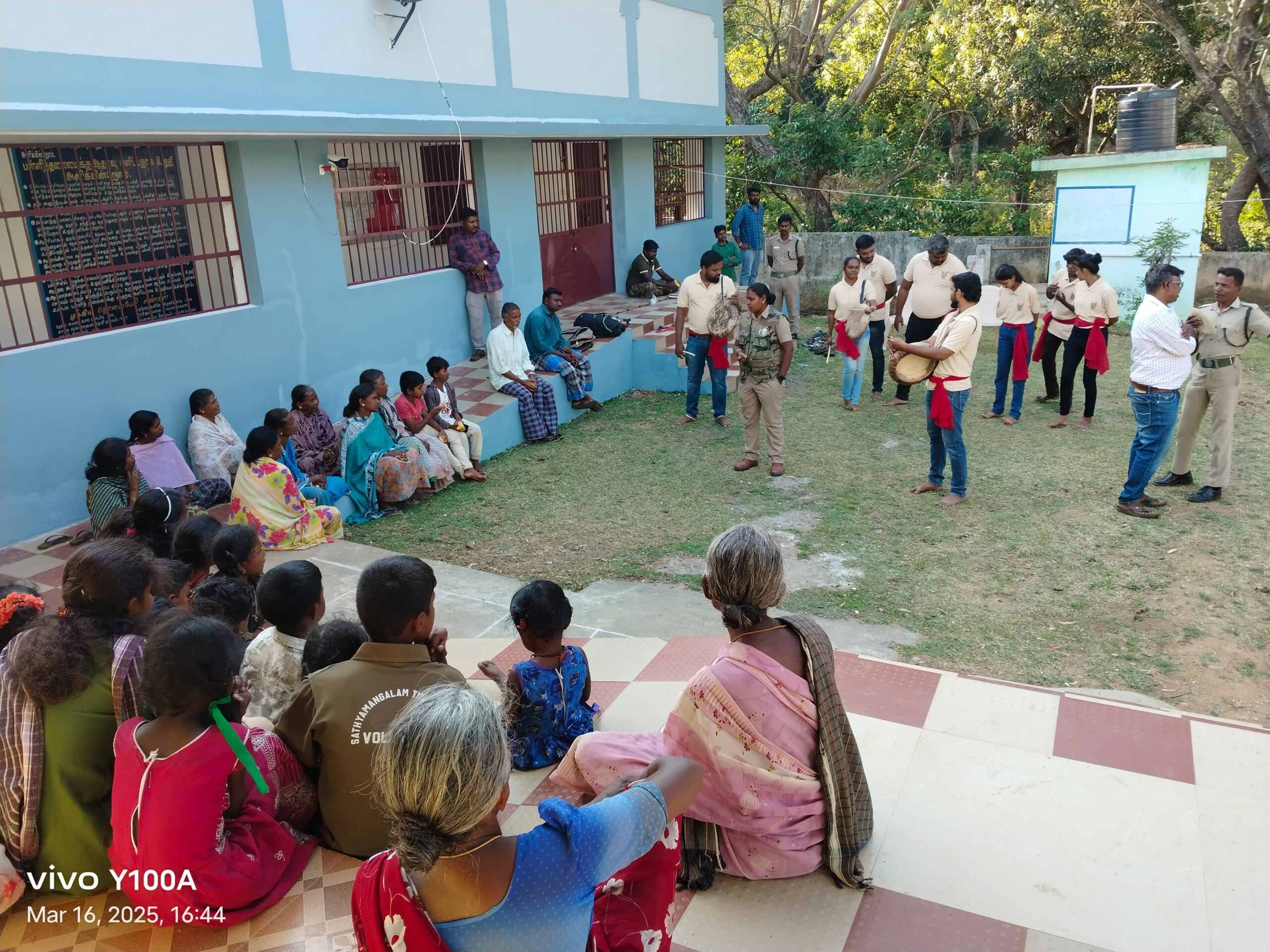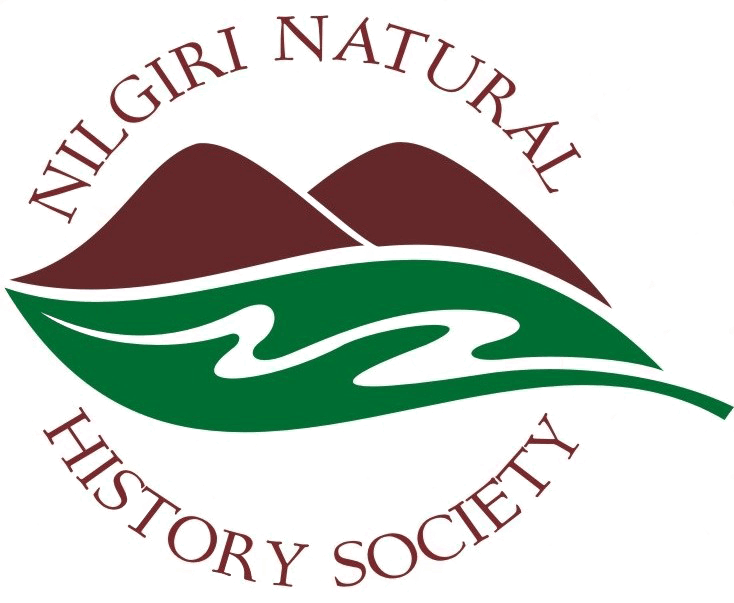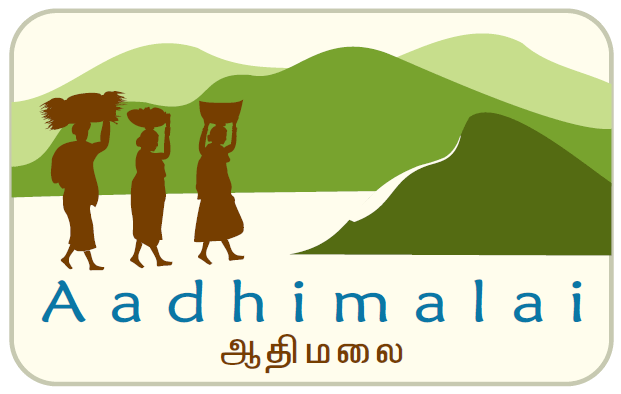Wildlife monitoring is an essential part of conservation. In many parts of the world, it is proven to be a critical step taken to protect endangered species, as well as developing corridors for animals that will help prevent increasing human-wildlife interactions due to our invasion of their spaces in the name of development.
Understanding human-wildlife interactions are the crux of one of our ongoing projects. Conflict simply may arise when the interests of humans and wildlife—real or perceived—do not coincide. Chief among these is competition between wildlife and humans for food or water.
The main objective of our project is to ensure water equity and water security for both, humans & wildlife. The water crisis is growing in the Nilgiris despite having an ample number of wetlands and springs. This has led to an increase in conflicts between humans and wildlife due to competition for water.
Our Three Musketeers
Beeman, Chandrasekar, and Nayantara are the ones that work on the subject of human-wildlife interactions. Alike the three musketeers motto – “All for one, one for all”, they carry out their work on similar lines. Except, their notion relates to water resources being accessible and available for both humans and wildlife.
While Chandrasekar and Beeman are often out in the field busy behind the gaurs, Nayantara collates, analyses and pieces together the collected data to form stories and narratives that help understand the situation better; a happy medium that the three have arrived upon.
Their occupation of tracking wildlife may sound like an amusing pursuit, but there are risks involved in carrying out this task, however, one can always argue that it is way better than working on piles of files every day.
“Injury or accident while climbing rocks or wading upstream is inevitable,” Getting too close are often perceived as a threat by the animal. It may be okay for a minute, but might not be okay the next”, says Chandrasekar.
Both of them (Chandrasekar and Beeman) enjoy it but are always attentive and carry out the tasks without disturbing the animals from their natural activity.
Every day, at 7:00 am, both of them set out to monitor Gaur herds in their respective field areas. Together they monitor a total of four herds, two for each. They identify, observe behaviour, note habitat utilisation and upload GPS points to record migratory patterns of these large bovine herds, besides conducting perceptions surveys with people in the locality along with Nayantara.
Furthermore, they also guide community stewards that are assigned to each region – Kotagiri, Kokkalthorai, Aracode. The role of the stewards is to assess water quality & quantity, note wildlife movements around the water sources that have been inventoried and engage with the local community people.
People’s opinion
The perception surveys have given us a few insights into how people perceive this situation. Generally, the greater the negative impact wildlife has on human lives and livelihoods, the greater the perception of wild animals as “pests”.
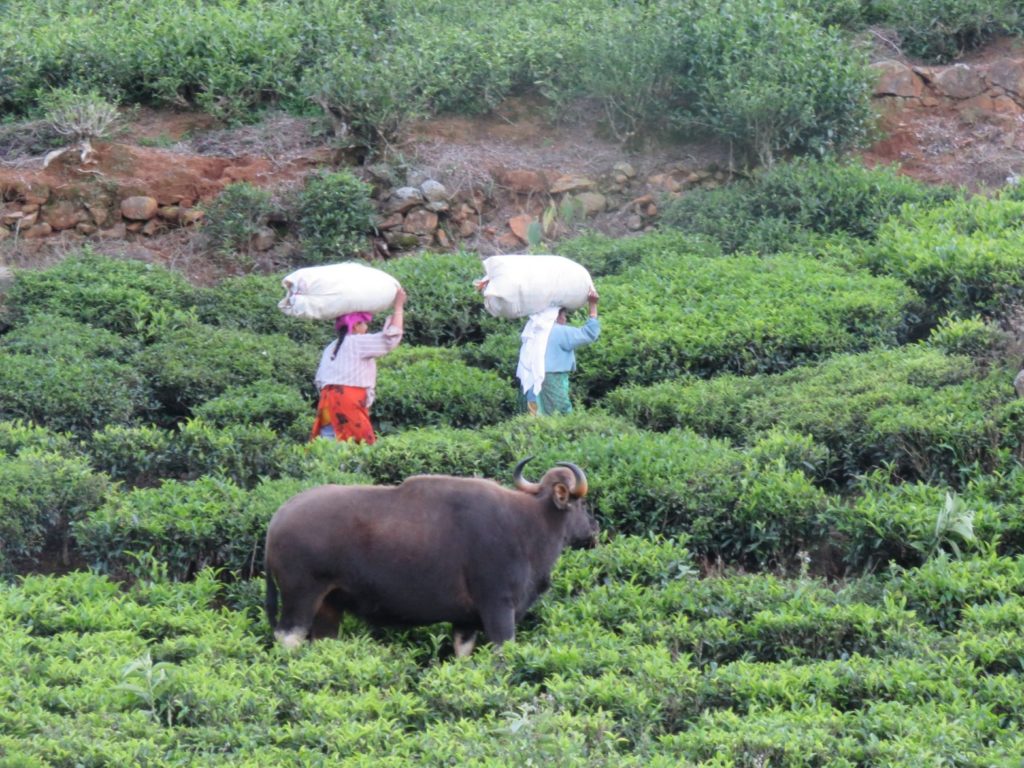
The tolerance level towards these gaurs moving through fields or house areas is becoming low. We reckon, due to the drastic change in the demography of Kotagiri. People from the plains have acquired quite an amount of land. Many have migrated from here to the plains. Both these groups have contrasting outlooks towards the gaurs. Perhaps, the ones that have lived in these landscapes have adapted to co-exist with the gaurs to an extent while others find their presence a menace.
Especially, women living in urban spaces see it as a threat as they are worried about their children playing out in the field or getting back from school. On other hand, women working as tea pickers have developed a form of no-harm alliance with the gaurs. They don’t mind them, and the women don’t attempt to chase or hurt the animal. This has been working for them. They even feel that the animal also understands that we are of no harm.
Also, people belonging to different age groups have different perspectives. People above 50 have seen these changes coming. On record, many have said that they’ve never witnessed such frequent visits by gaur herds 25 years back.
There are other drawbacks that are involved in conducting perception surveys. Few respondents sometimes are infuriated with few questions. They are bemused that the questions sympathize with the animal and not humans.
Many farms and houses are human-modified landscapes. Owners of such private spaces do not welcome gaurs nor do they encourage us to monitor them in their private lands. A sense of incertitude creeps in once questions in regard to water consumption or how they tap resources and the frequency in which they do are raised; it doesn’t go down well with a few.
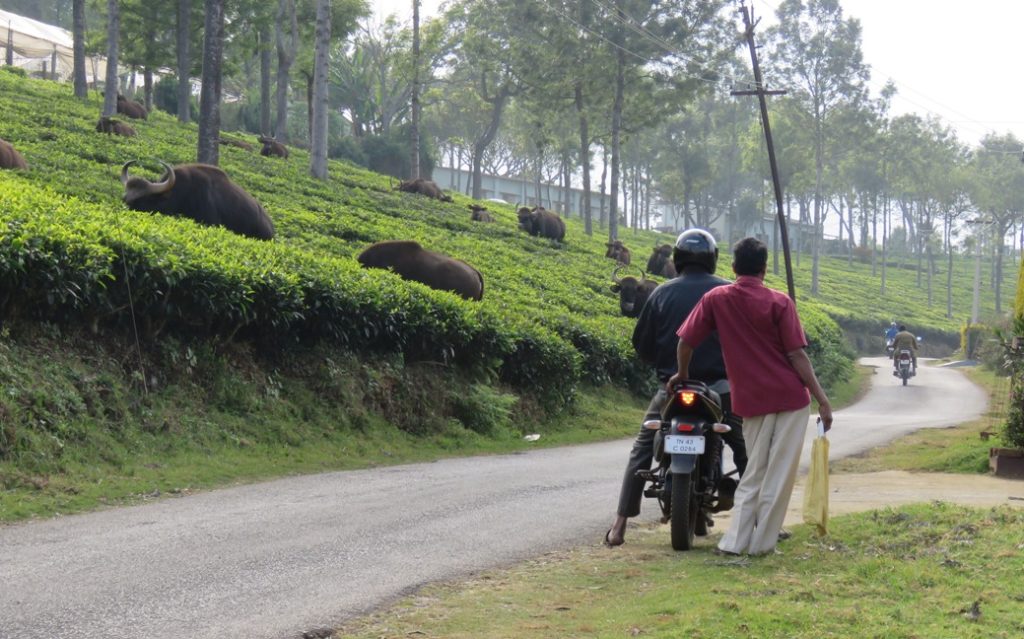
It is understandable that the community expects overnight solutions, as there are constant harm and damage caused by these animals. It is important to simplify the purpose of monitoring to the community, and how the findings will help ultimately benefit them.
On the other hand, it is evident that shrinking forest cover, water or food are the reasons why animals are moving into human space.
Summer is loading…
There have been recent incidents in and around Kotagiri town of bears breaking in shops and bakeries for food. One of the recent attempts has been at our Honey section on campus. Fortunately, they were just looking for the last course after fulfilling their stomach at a bakery a kilometre away from us.
With summer around the corner, it’s getting hotter by the day, sloth bears and other animals will also be looking to quench their thirst and wander into spaces in search of food.
Ritwick Charles

